EDITORIAL
Published on 01 Aug 2022
Editorial: Technological Frontiers in Dinosaur Science Mark a New Age of Opportunity for Early Career Researchers
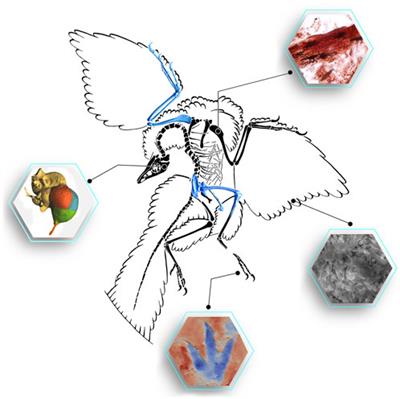
doi 10.3389/feart.2022.973459
- 1,533 views
9,465
Total downloads
71k
Total views and downloads
Select the journal/section where you want your idea to be submitted:
EDITORIAL
Published on 01 Aug 2022

ORIGINAL RESEARCH
Published on 13 Jun 2022
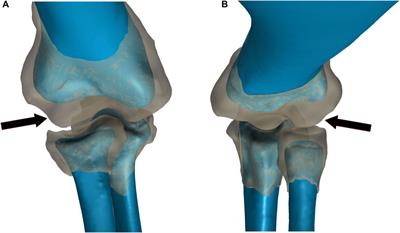
ORIGINAL RESEARCH
Published on 28 Mar 2022
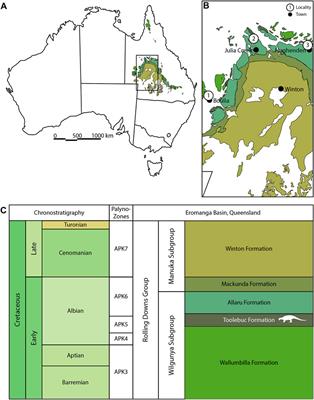
ORIGINAL RESEARCH
Published on 24 Mar 2022
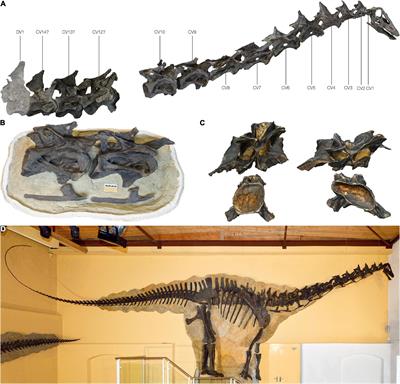
ORIGINAL RESEARCH
Published on 17 Mar 2022

METHODS
Published on 14 Feb 2022
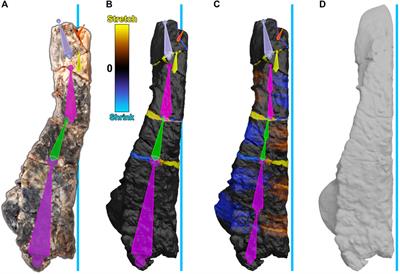
ORIGINAL RESEARCH
Published on 03 Feb 2022

ORIGINAL RESEARCH
Published on 27 Jan 2022
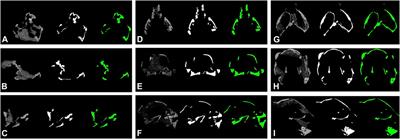
ORIGINAL RESEARCH
Published on 12 Aug 2021
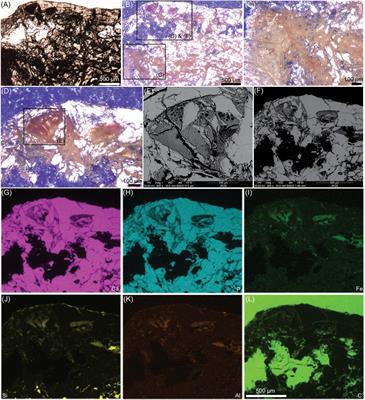

Frontiers in Ecology and Evolution